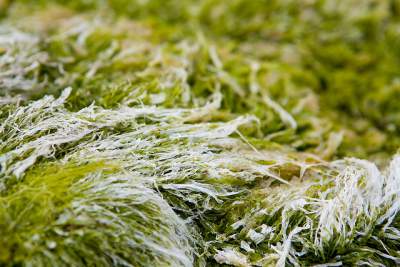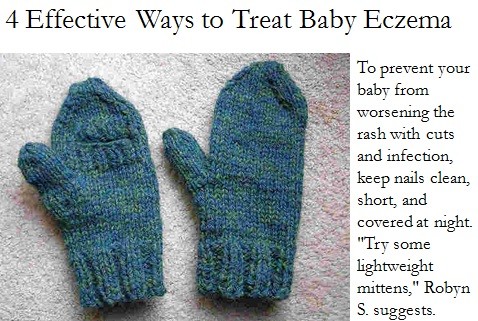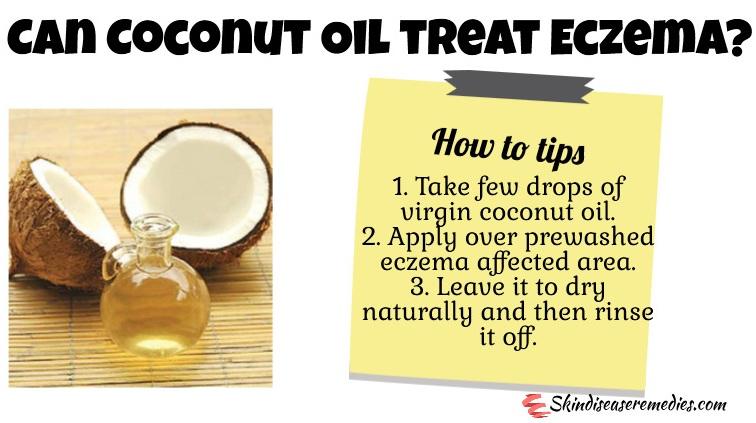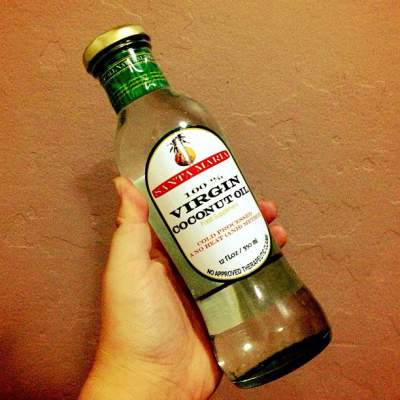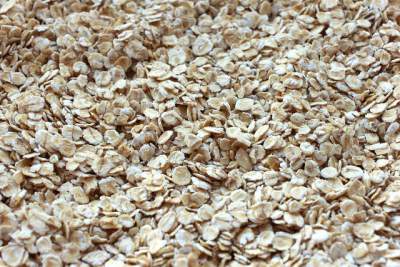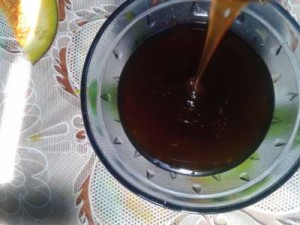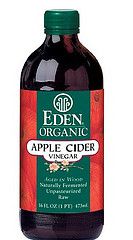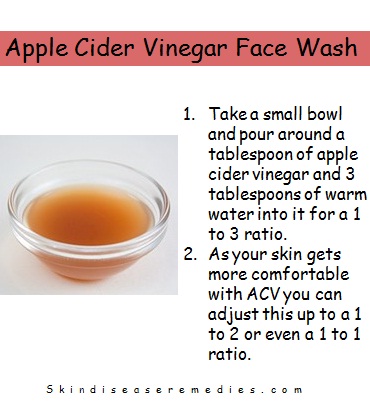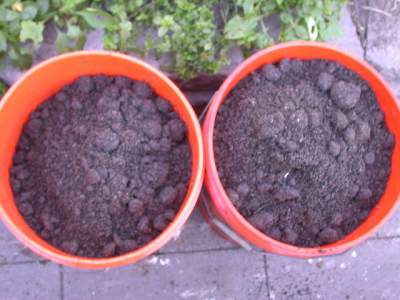
Clays have significant role in detoxifying, healing clays like bentonite clay mask has been used as a remedy to get rid of toxins. Though its use decreased significantly, its minerals and exceptional properties enticed cosmetic world to put this natural clay back to work.
If you pay attention, you’ll notice that animals eat dirt and clay to remove toxins from their body. (1) Yes, you can also consume bentonite clay mask to remove toxins from the body. Actress Shailene Woodley, disclosed in an interview that consuming clay will remove metals and toxins from the body. (2) If you’re not brave enough to follow this actress, you can use bentonite clay face mask topically.
What is Bentonite Clay and How it Works for Skin?
Bentonite clay is an absorbent consists of montmorillonite. It’s nothing but a volcanic ash discovered near Fort Benton, Wyoming. It comprised of minerals, which can remove toxins from the body internally and externally. When you add water to this bentonite clay, it produces negative electric charge that removes metals and toxins.
In other words, bentonite clay mask (mixed with water) produces negative charge and it bonds with positive charged toxins. So, when a metal, toxin or chemical comes in contact with this clay it absorbs metals and releases minerals in to the body to use.
Benefits of Bentonite Clay Face Mask
- Cleanse dead cells and impurities from the skin.
- Enhances healing and regenerate skin tissues.
- Unclog blocked skin pores and remove impurities out of it.
- Helps to get rid of discoloration and fade scars.
- A great exfoliator.
- Makes your skin smooth and glowing.
- Treats blackheads and prevent them.
- Helps to get rid of skin allergies and provides required minerals.
In the book “Nutrition and Physical Degeneration”, Dr. Weston reported that native cultures in Central Asia and Australia use to make ball of dried clay and mix small amount in water to prevent poisoning from toxins.
Minerals housed in clay can turn out to be an inexpensive treatment to kill bacterial infections in the body. (3)
Related post: How to make multani mitti face pack at home
How to Make Bentonite Clay Face Mask?
You can get bentonite clay powder from a local store or try it over online. There are different types of bentonite clay depending on chemical composition. I recommend buying sodium bentonite clay; you can try other types too.
Ingredients
- Bentonite Clay Powder – 1 table spoon
- Water – 1 table spoon
Note: Avoid metal spoon or metal bowl.
- Mix the two ingredients in a bowl; if you don’t have sensitive skin then you can replace water with apple cider vinegar. People with sensitive skin must use water and apply thin layer of the clay.
- Make smooth paste, you can add little powder or water if needed to make consistency. Wash your face and apply bentonite clay face mask over the skin evenly. You can also apply it around the neck and on other parts of the body.
- Use your fingers or cotton ball for application. Leave it for about 20-30 minutes to dry naturally, and then rinse it off with water.
Don’t worry if your face looks pink, it happens usually as blood flow increases when face mask attracts toxins towards it. Follow with a moisturizer.
Related post: Seaweed Face Mask Recipe
How Often Should You Use the Bentonite Clay Face Mask?
If you’re using this clay face mask for the first time, then use it once in a week. After using it for weeks, you’ll notice positive results, then you increase or decrease usage of bentonite clay mask.
Want to give this exceptional experience to your body? Increase quantity of ingredients and add it in your bath tub. Soak your body in the bentonite clay bath for not more than 20 minutes and rinse it off. Here is complete guide on clay bath.
Bentonite Clay for Acne
Hormonal imbalance stimulates excess production of sebum resulting in pimples. Recent studies show that inflammation has supportive role at all stages of acne development. Along with these triggers, alarming levels of pollution accumulated over skin worsen acne.
Properties in bentonite clay mask absorb excess sebum secreted by skin and its anti-inflammatory properties reduce inflammation. Its renowned cleansing properties will remove toxins, impurities from skin and unclog blocked pores.
Bentonite clay mask has astringent agents, which shrink and tightens the pores.
Bentonite Clay Mask for Acne Recipe
You can directly mix this natural clay with water and topically apply over acne lesions. Else, follow below recommended recipe.
Things you’ll need
- Bentonite clay powder – 1 table spoon
- Comfrey leaf tea – 1 table spoon
- Grounded elder flowers – 1 table spoon
- Grounded Strawberry leaves – 1 table spoon
- Lavender oil – 1 drop
Now mix all mentioned ingredients in a bowl (avoid metal bowl and spoon). Mean while expose your acne-prone skin to steam or wash it with lukewarm water and pat dry, so that skin pores opens up. Using your fingers topically apply the bentonite clay face mask over acne lesions. Leave it to dry naturally and rinse it off with water.
Note: If you’ve extremely dry skin, apply natural moisturizer after using bentonite clay for acne.
You Can Measure Sebum Using Bentonite Clay Mask
In a lab you can measure the amount of sebum secreted by you. According to William J. Cunliffe’s book ACNE, a small patch of bentonite clay mask applied at 3-4 hours of internal in 24 hour period can help to measure person’s sebum production rate.
Did you ever use bentonite clay face mask topically or internally?

